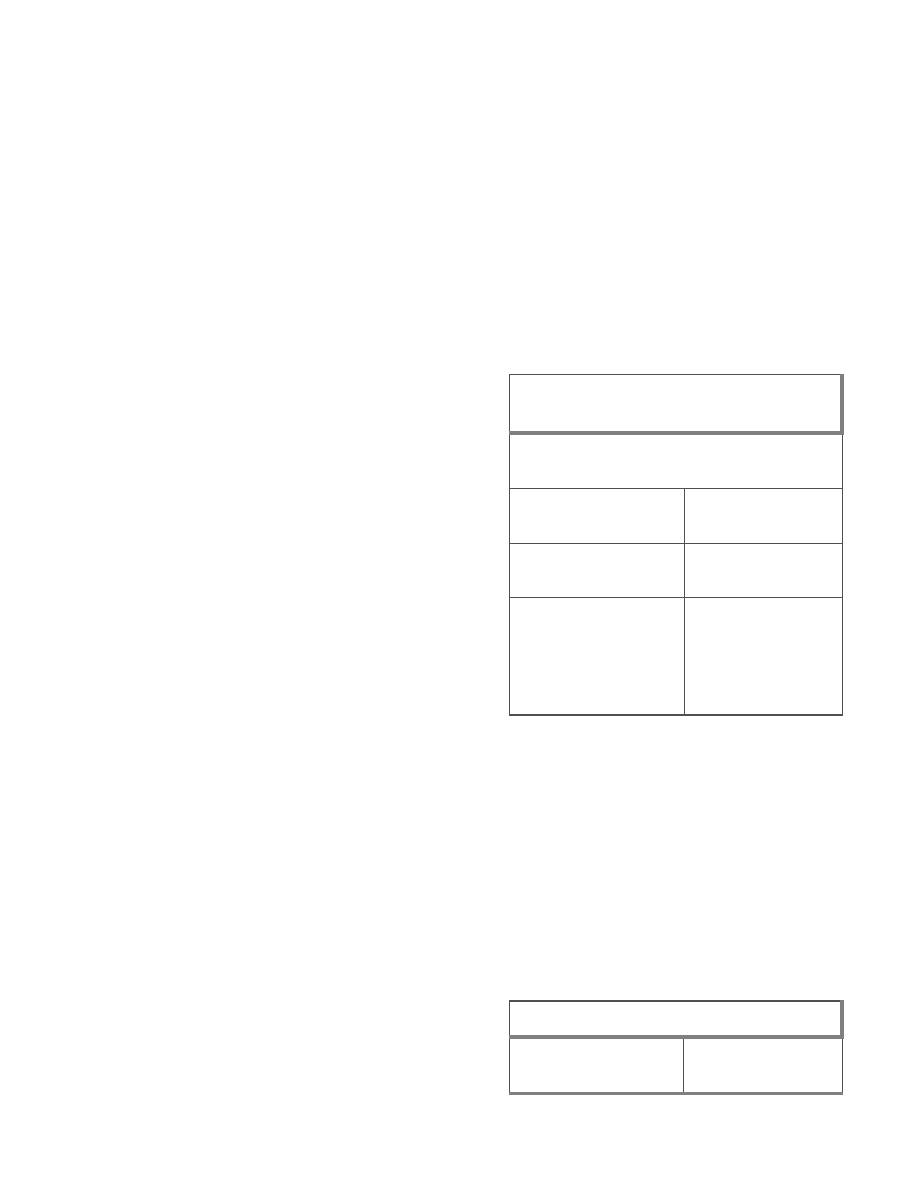BMW 3 (E46). Manual - part 114

tabs on the driveshaft tubes. In addition
to inspecting for faulty driveshaft parts,
the installed angles of the driveshaft
should also be considered.
Further inspection requires removal of
the driveshafts. Check the front centering
guide on the transmission output flange
for damage or misalignment. Also check
runout at the transmission or transfer
case output flange and output shaft, and
at the final drive input flange. Check the
bolt hole bores in the flange for wear and
elongation.
Driveshaft flange runout (max.
allowable)
Transmission / transfer case output
flange
axial play
0.10 mm (0.004
in.)
radial play
0.07 mm (0.003
in.)
Final drive input
flange radial play
(measured at
driveshaft centering
lip)
0.07 mm (0.003
in.)
Spin the rear driveshaft center bearing
and check for smooth operation without
play. Check that the splines of the sliding
coupling move freely. Clean and lubricate
the splines with molybdenum disulfide
grease (Molykote® Longterm 2or
equivalent).
Check the universal joints for wear or
binding. If any joint is difficult to move or
binds, the driveshaft section should be
replaced.
Universal joint play
Maximum allowable
0.15 mm (0.006
in.)